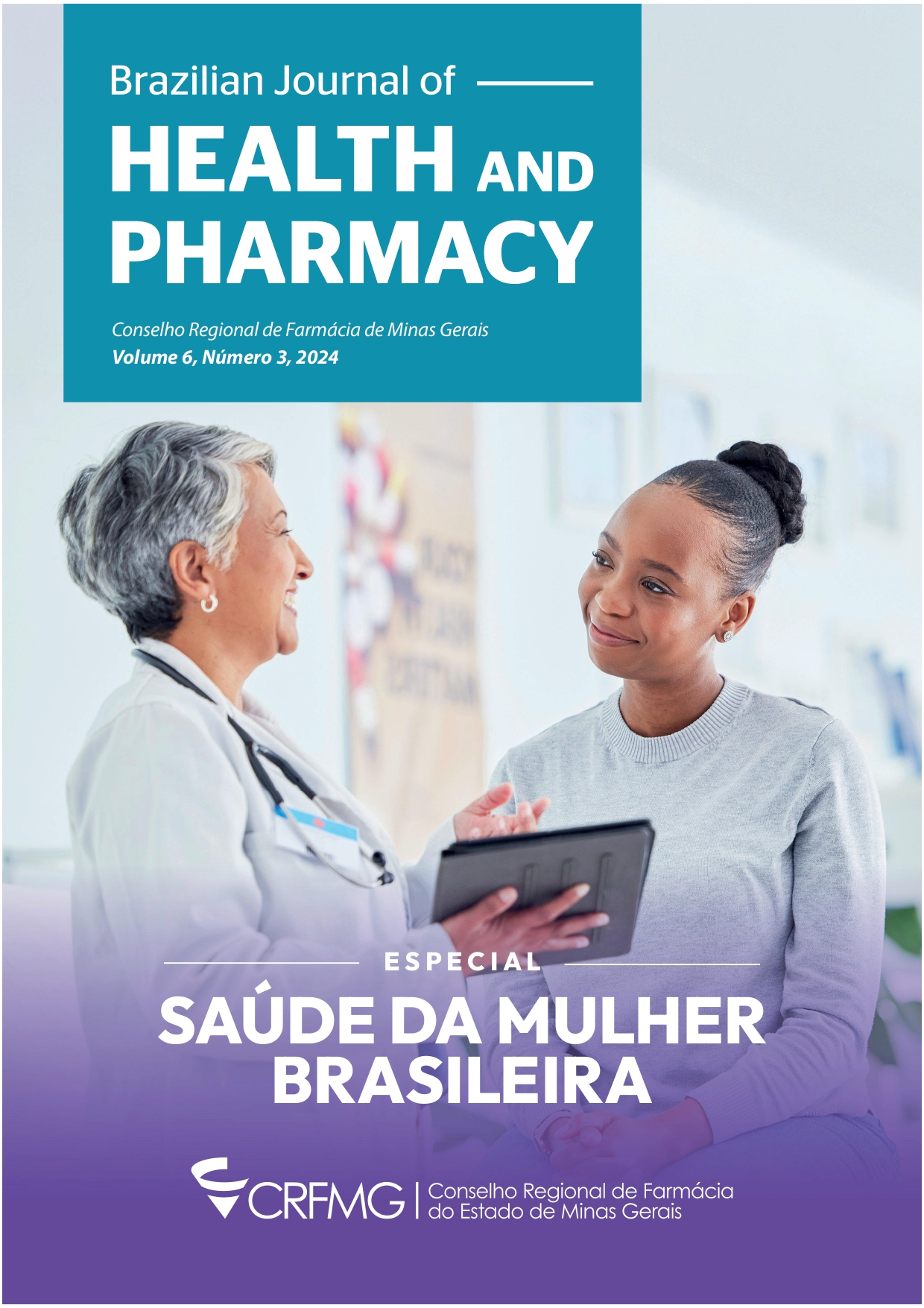Abstract
Urinary tract infection (UTI) is highly prevalent among women, especially those with an active sex life. Management of this infection involves using antimicrobials appropriately and safely, to avoid consequences related to recurrence of disease and bacterial resistance. The objective of the work is to evaluate the profile of antimicrobial use for UTI among Pharmacy students at the Federal University of Minas Gerais. To this end, a crosssectional descriptive study was conducted between September and December 2019. Sociodemographic data, the infection profile, and the use of antimicrobials were collected, which were described using proportions, means, and standard deviations, when applicable. 239 students were included, with an average age of 23 years, of which 20.50% (n= 49) reported UTI episodes in the last 12 months. All participants presented at least one characteristic symptom of UTI, the most frequently mentioned were: dysuria (n=41; 85.11%), urinary frequency (n=35; 71.43%), and cloudy urine (n=31; 63, 27%). Furthermore, lifestyle habits were reported that are risk factors for the emergence of infection, such as delay in urination (n =37; 75.51%), wearing tight pants (n=36; 73.47%), and using pads external or panty liner (n=29; 59.18%). Regarding the profile of antimicrobials, the students used ciprofloxacin (n= 12; 35.29%), amoxicillin + clavulanate potassium (n =3; 8.82%), phosphomycin (n=2; 5.88% ), nitrofurantoin (n=1; 2.94%), norfloxacin (n=1; 2.94%) and sulfamethoxazole + trimethoprim (n=1; 2.94%). The medications used were obtained through purchase with a medical prescription (n=31; 93.30%) or antimicrobials left over from previous treatment (n=2; 6.06%). Therefore, ciprofloxacin was the most used antimicrobial and self-medication was a practice carried out among the students. This suggests the need to adapt the clinical conduct of prescribers when choosing the most indicated antimicrobial. Furthermore, they represent an alert to the need to promote strategies capable of empowering students on the subject, to interfere in decisions regarding their health.

